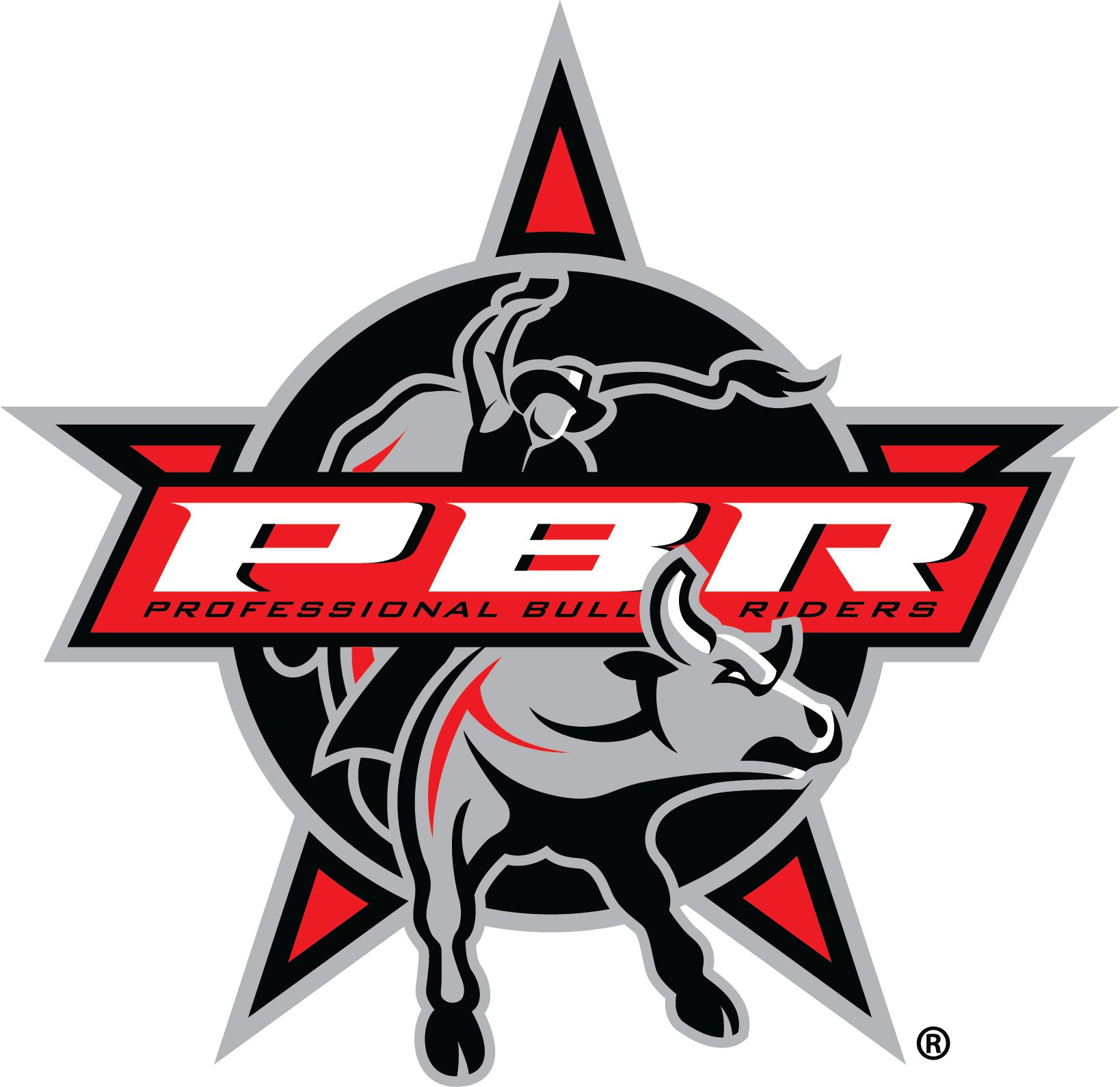
Grauman’s may have its celebrity forecourt, but the National Cowboy & Western Heritage Museum has its own collection of memorialized feet.
Douglas Fairbanks (1883-1939) starred in the 1922 silent movie, Robin Hood, which premiered at Sid Grauman’s Egyptian Theater in Hollywood, California. In equal partnership with Fairbanks and actress Mary Pickford, Sid Grauman opened Grauman’s Chinese Theatre across the street from the Egyptian Theater with the 1927 premiere of Cecil B. DeMille’s King of Kings. Before its opening, however, Grauman gave a tour to celebrities and during this tour, Norma Talmadge unintentionally walked across a wet cement slab leaving her footprints. Thus was born the idea to have movie stars leave their footprints, hand prints and signatures in the wet cement of the theater’s forecourt. Douglas Fairbanks, Mary Pickford, and Norma Talmadge were the first celebrities to adorn the forecourt in this manner.
An action hero for his time, Fairbanks appeared in several westerns prior to 1919 including The Lamb (1915),Martyrs of the Alamo (1915), The Half-Breed (1916), Wild and Woolly (1917), The Man from Painted Post (1917), and The Knickerbocker Buckaroo (1919).
What is less well-known is that before Douglas Fairbanks left his footprints at Grauman’s, he outlined his right foot to order a pair of kangaroo, 2-inch heeled boots. On February 25, 1919 Fairbanks ordered these boots from the Blucher Custom Boot Company. This transaction and his right foot are memorialized in a Blucher fitting book held in the Dickinson Research Center at the National Cowboy & Western Heritage Museum.
Parallel to Fairbanks’ career, the Blucher Custom Boot Company was incorporated in 1915 by G. C. “Gus” Blucher in Cheyenne, Wyoming. By 1919 Blucher moved his operations to Olathe, Kansas where it stayed until 1969 when it moved to Fairfax, Oklahoma. In 2001 the museum acquired 218 Blucher “Fitting Books” which are day books dating between 1915 and 1982 and used to record customer transactions. A typical entry on a Day Book page includes: name of customer, address, date of order, price of boots and payments made, style number, boot material and style preferences; special instructions, shoe size, and heel size; a carbon blue outline of customer’s foot probably transferred from original patron order form; notation of date “out,” meaning the date boots were completed or repaired and sent to customer.
There are other notable persons are represented in the early fitting book volumes. Rodeo greats such as Vera McGinnis, Lorena Trickey, Chester Byers, Reine Hafley; rodeo clowns, Pinky Gist and Red Sublett; and western actors such as Guinn “Big Boy” Williams and Buck Jones, all have unwittingly provided foot notes to history after a fashion.

Vera McGinnis
Always fashion conscious, Vera McGinnis (1892-1990) was the first cowgirl to wear pants in the arena around 1925. Considering skirts and tight breeches as nuisances, McGinnis created a pair of trousers from a pair of little boys’ flannel pants with a zipper on the side. She remarked, “I like to wear them so then I can kick up my heels as I like.” In her book Rodeo Road, McGinnis commented upon how the Japanese custom of removing one’s footwear before entering a home or business changed a near-and-dear cowgirl custom. She wrote, “Speaking of dress, Japan broke me of one of the oldest and most convenient of cowgirl customs – that of wearing old stockings, mates or not, with western boots…for one never knew when the boots might have to come off. It was an amusing custom to us. In our outfit, footwear – either boots or shoes – was easily identified, so if we were looking for someone we could walk down the street, inspect the shoes parked outside the different places, and the person could be easily located. Several pair of cowboy boots lined up generally indicated a Geisha house and always attracted quite a bit of attention from the passerby…I also remember several cowboys’ wives sweeping down the street inspecting the waiting boots with blood in their eyes.”

Lorena Trickey
Lorena Trickey (1893-1961), a bronc, Roman, and relay rider, captured the McAlpin Trophy in 1920, 1921, and 1924 as champion all-around cowgirl at Cheyenne Frontier Days. In 1925 she won the bronc riding title at Chicago and several championships at Pendleton. She doubled for Mary Pickford in the movie Through the Back Door and worked with Tom Mix in The Queen of Sheba. Accused of stabbing to death her common-law husband, J. P. “Smiling Slim” Harris, during an argument, Trickey pleaded self-defense and was found not guilty in 1927. She married Magnus “Pete” Peterson in 1928 and the following year they retired from rodeo.

Chester Byers
One of the greatest trick and fancy rope spinners of all time, Chester Byers (1892-1945) was described by Will Rogers in the following way: “Chet knows more about roping than any man in the world. He is one man in his line that is absolute Champion. He is what I would call a ‘natural’ roper, what I mean by that he does everything ‘right’ with a rope, he dont [sic] do anything ‘wrong.’ I only have two things that I will always die very proud of, one of them was that I used to teach Chet Byers tricks with a rope, and the other was that I waved at the train that Queen Marie was on, and I will always believe she saw me.”

Reine Hafley Shelton
The daughter of California Frank Hafley, Reine Hafley Shelton (1902-1979) was called the World’s Greatest Lady Trick Rider. For a time she performed a highly successful act jumping 50 feet into a tank of water atop an Arabian horse named Lurline. With California Frank’s show Shelton, in addition to trick and bronc riding, performed as an elephant rider and an oriental and flamenco dancer. In 1918 she began her competitive career placing second in the trick riding at Cheyenne Frontier Days. Shelton earned over $125 by winning the bronc riding event at Madison Square Garden in 1924. In 1925 she eloped with Dick Shelton while he was performing with Miller Brothers 101 Ranch Wild West Show.

Pinky Gist
Believed to be one of the first to include trained mules in his acts, Clarence W. “Pinky” Gist (1892-1970) was most active as rodeo clown between 1946 and 1950, between the ages of 54 and 58. He and his two mules, Mickey and Freckles, clowned at many rodeo venues.

Red Sublett
Rodeo clown Red Sublett (1894-1950) joined Booger Red Privett’s traveling cowboy show at age 16. He worked and rode rough stock on ranches in Texas and Oklahoma including the 101 Ranch. In 1917 he joined Lucille Mulhall’s Wild West Show and rode broncs and steers. After serving in the army during World War I, he returned to the arena in 1918. He became a rodeo clown upon joining Tex Austin’s Rodeo at the Magdalena Roundup. His acts included trick riding bucking Brahma steers and oftentimes riding them backwards.

Guinn “Big Boy” Williams
Reportedly nicknamed “Big Boy” by Will Rogers in 1919, Guinn “Big Boy” Williams (1899-1962), a cowboy in his youth, was a character actor in both A and B Westerns. In 1944 he played sidekick to Roy Rogers in several movies including The Cowboy and the Senorita and Hands Across the Border.

Buck Jones
Born in Indiana and raised on a ranch near Red Rock in Indian Territory, Buck Jones, nee Charles Frederick Gebhart (1889-1942), became one of the greatest of the B-Western stars. For a time he worked as trick rider for the Miller Brothers 101 Ranch Wild West Show. Following World War I when he trained horses for the Allied armies, Jones toured with the Ringling Brothers circus and settled in Hollywood, California. There, for a time, he worked as an extra for the Universal Studios, then, as a stuntman for Fox Studios. He landed his first leading role as a cowboy star in the 1919 film called The Last Straw. Jones reentered the army at the outbreak of World War II. On November 28, 1942, during a bond-selling tour, Jones, along with nearly five hundred other people, perished in a fire at the famed Coconut Grove nightclub in Boston, Massachusetts.
The fitting books reflect the ups and downs of the boot business through two world wars, the depression years and the 1950s, the golden age of television westerns. Some believe the golden age of boot making occurred between 1940 and 1965. This collection reflects the economics, geographical influences, and artistic and design changes of this era. An automated index to the books is being created to assist researchers. A typical index record includes the name of the customer, city, state, year, volume and page numbers. Currently, this index includes over 80,000 records.
These fitting books also memorialize the pedal extremities of noted individuals and draw the viewer closer to those individuals. Like an autograph, a foot rendering allows the viewer to relate at a more human level to the individual who shares a dimension of themselves. In attempting to put their best foot forward by dressing in fashionable western pedestrian fare, these celebrities and others like them have imprinted their soles for posterity.
























